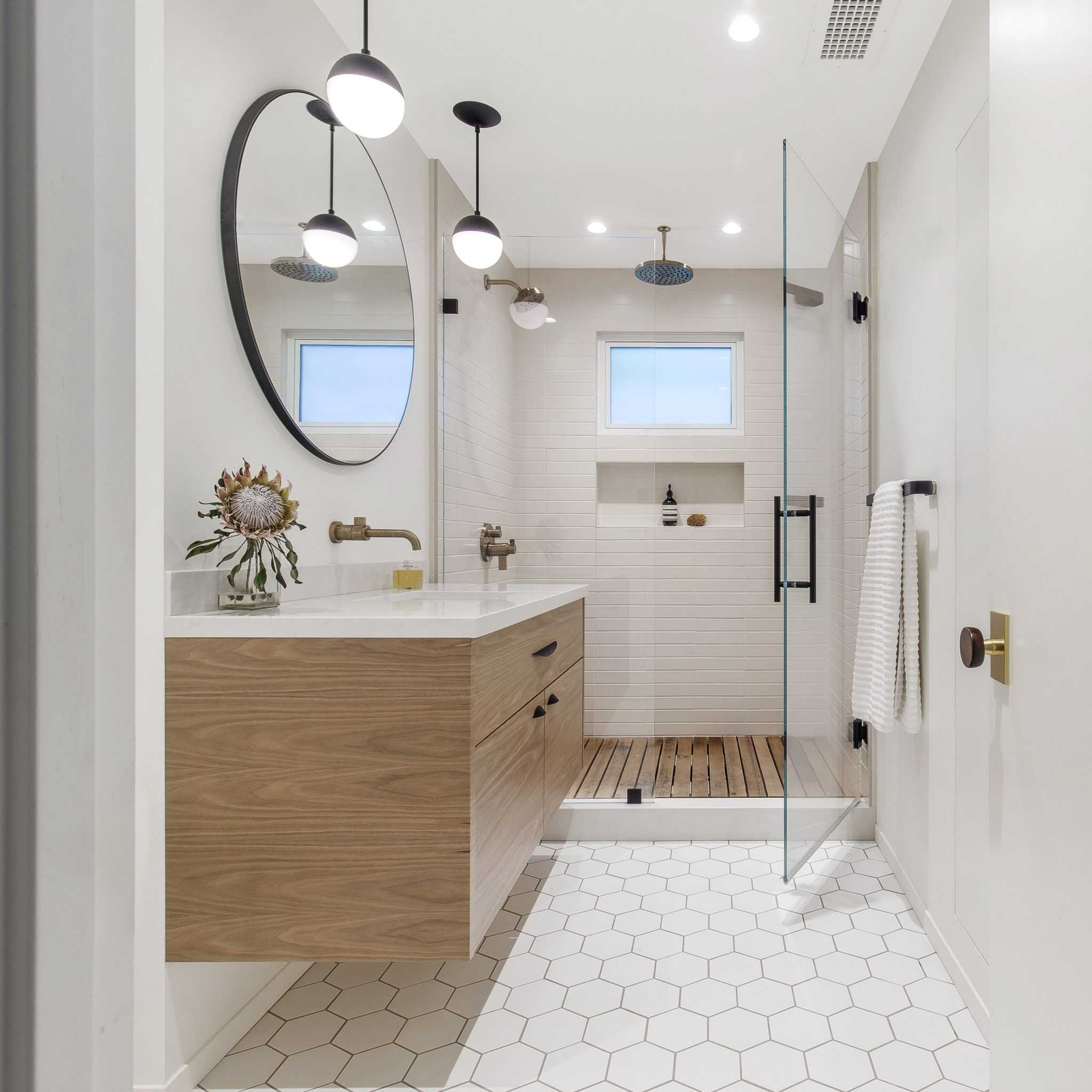Sourcing & Restoration: Mid Century Modern Bathroom Wall Cabinet

Finding and restoring a mid-century modern bathroom wall cabinet is a rewarding pursuit, blending the thrill of the hunt with the satisfaction of bringing a piece of design history back to life. The process requires careful consideration of sourcing authentic pieces, understanding the nuances of reproduction, and mastering the art of restoration.
Reputable Sources for Mid-Century Modern Bathroom Cabinets
Several avenues exist for acquiring authentic or high-quality reproduction mid-century modern bathroom wall cabinets. Online marketplaces, specialized antique shops, and reputable vintage furniture dealers offer diverse options. Careful scrutiny is essential to differentiate between genuine vintage pieces and modern reproductions.
- Online Marketplaces (e.g., eBay, Etsy): These platforms offer a vast selection, but require diligent research and verification of authenticity. Look for detailed photographs, descriptions highlighting construction details (like joinery and hardware), and seller feedback. Be wary of overly generic descriptions or suspiciously low prices.
- Specialized Antique Shops and Dealers: These establishments often specialize in mid-century modern furniture and possess expertise in identifying authentic pieces. They typically offer higher-quality items with detailed provenance information, but at a higher price point. Direct interaction with knowledgeable dealers allows for a more informed purchasing decision.
- Vintage Furniture Shows and Auctions: Attending these events offers the opportunity to inspect pieces in person, assess their condition, and interact with sellers. The competitive bidding environment can lead to both exceptional finds and potentially inflated prices. Careful pre-show research and a clear budget are essential.
Authentic mid-century modern cabinets often display superior craftsmanship, utilizing high-quality materials and intricate joinery techniques. Reproductions, while sometimes aesthetically similar, may exhibit simpler construction methods, less durable materials, and less precise detailing. Hardware is another key differentiator; original pieces often feature unique, period-specific knobs, pulls, and hinges, which are frequently replicated poorly in reproductions. The presence of maker’s marks or labels further strengthens the authenticity of a vintage piece.
Restoring a Vintage Mid-Century Modern Bathroom Wall Cabinet
Restoring a vintage cabinet involves a methodical approach encompassing cleaning, repair, and refinishing. Patience and attention to detail are crucial for preserving the cabinet’s original character and extending its lifespan.
- Cleaning: Begin by gently cleaning the cabinet’s surface with a soft cloth and a mild detergent solution. Avoid abrasive cleaners or harsh chemicals that could damage the finish. For stubborn dirt or grime, a soft-bristled brush can be used. Pay close attention to crevices and detailed areas.
- Repair: Assess the cabinet for any damage, such as loose joints, cracks, or missing pieces. Loose joints can be tightened with wood glue and clamps. Small cracks can be filled with wood filler, carefully matching the wood’s color and grain. Missing pieces may require custom fabrication or replacement using materials that closely match the original.
- Refinishing: Depending on the cabinet’s condition and desired aesthetic, refinishing may involve stripping the existing finish, sanding, and applying a new coat of paint or varnish. For a more authentic restoration, consider using period-appropriate finishes and techniques. If the original finish is in good condition, a gentle cleaning and polishing may suffice.
Rewritten Article on Mid-Century Modern Bathroom Wall Cabinets (Example Article Text Replacement), Mid century modern bathroom wall cabinet
[Insert rewritten article text here. This section would replace the original article text, removing any AI-generated content and presenting a human-written perspective on mid-century modern bathroom wall cabinets. The rewritten text should focus on design elements, materials, notable designers and manufacturers, and the cabinet’s place within the broader context of mid-century modern design. It should also discuss the enduring appeal of these cabinets and their continued relevance in contemporary interiors. The text should be detailed and descriptive, avoiding vague or generic statements.]
